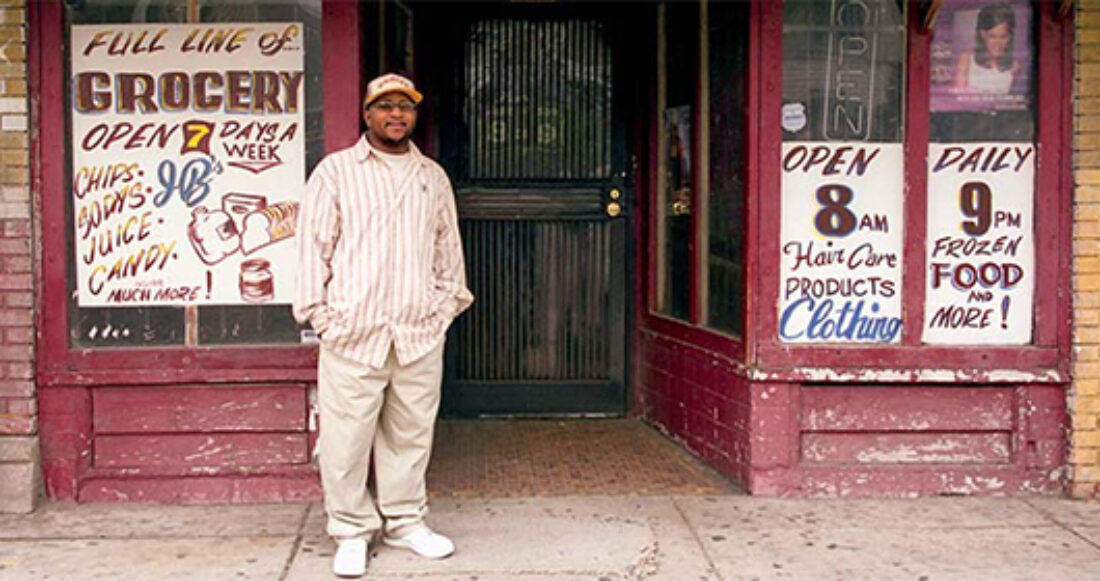Social Investing Expands Reach of Philanthropy

Casey has long worked to empower families and create economic opportunity in a struggling Oakland, California neighborhood, but in 2005, it started using an additional philanthropic tool—by making a social investment as well as grants to further its mission.
With affordable housing a key challenge in the Oakland neighborhood, Casey’s $2 million program related investment (PRI) and $250,000 grant to the nonprofit Northern California Community Loan Fund were earmarked to finance 300 housing units that low-income families could afford to rent.
“Increasing the inventory of affordable housing is an essential component of the Foundation’s efforts to create opportunities for families in Oakland’s Lower San Antonio neighborhood,” explains Christa Velasquez, Casey’s director of social investments.
Designed to provide a societal or mission-related return as well as a financial return, social investments include two types: PRIs and mission-related deposits. PRIs are generally below-market rate loans, loan guarantees, or equity investments that support charitable purposes aligned with a foundation’s mission. Mission-related deposits— typically structured as market rate insured certificates of deposit or share certificates—are made to financial institutions.
Under Doug Nelson’s leadership, Casey has boosted social investing externally and internally, says Sharon B. King, president of the F.B. Heron Foundation in New York. “Doug has been enormously helpful to the mission investing movement,” says King. “He took on a very public role in presenting the rationale for mission investing—and he took Casey beyond talk to tangible.”
In 2007, Casey joined with Heron and Meyer Memorial Trust, of Oregon, to launch the More for Mission Campaign, which challenged foundations to increase “social investing” by $10 billion within five years.
Casey also helped build the field by co-founding the PRI Makers Network, an affinity group of foundations that make social investments. And Casey, along with Meyer and Heron, provided support when a leading investment consultant to foundations— Boston-based Cambridge Associates—created a mission-related investing group in 2007.
Internally, Casey’s allocation of the endowment for social investing has grown from $20 million in 1998 to $125 million in February 2010. Casey developed an expert in-house social investing team and to date has invested $64 million.
“Doug emphasizes that we use our social investments to make markets work,” says Velasquez. “We often go in and either fill the gap by providing the last piece of financing needed to make something happen or sometimes we’re the very first ones, providing credibility, kind of like the Good Housekeeping Seal of Approval. Or we’ll finance a project and hope that if it proves successful, our funds will eventually be replaced by the traditional capital markets.”
Nelson’s passionate advocacy of social investing as a way for foundations to spend more of their wealth to do good and to encourage private markets to do good has encouraged more foundations to take some risk, by marrying investments with grants.
“Doug has always recognized the limitations of philanthropy, that its resources are finite, and that if we really want to be a game changer, we have to leverage more sources of capital from the markets themselves,” says Gary Hattem, chair of the board of Living Cities, a philanthropic collaborative that includes Casey.
For Meyer Memorial Trust, a 2006 speech by Doug Nelson at the PRI Makers Network’s first conference, urging foundations to not only spend more of their assets but to spend differently, was a turning point.
“I remember being struck by his clear commitment to going well beyond traditional grant making and utilizing all assets of the foundation to the greatest extent possible,” recalls Douglas Stamm, Meyer’s chief executive officer. “It had a significant impact on me and my trustees in the audience as well as on other foundations.
“I give Doug, personally, and the Foundation, within the industry, tremendous credit for moving mission related investing—which is all about having greater impact in what we do—from a very nascent stage just a few years ago to the mainstream,” says Stamm. “It is now one of the most consequential topics in the field.”





